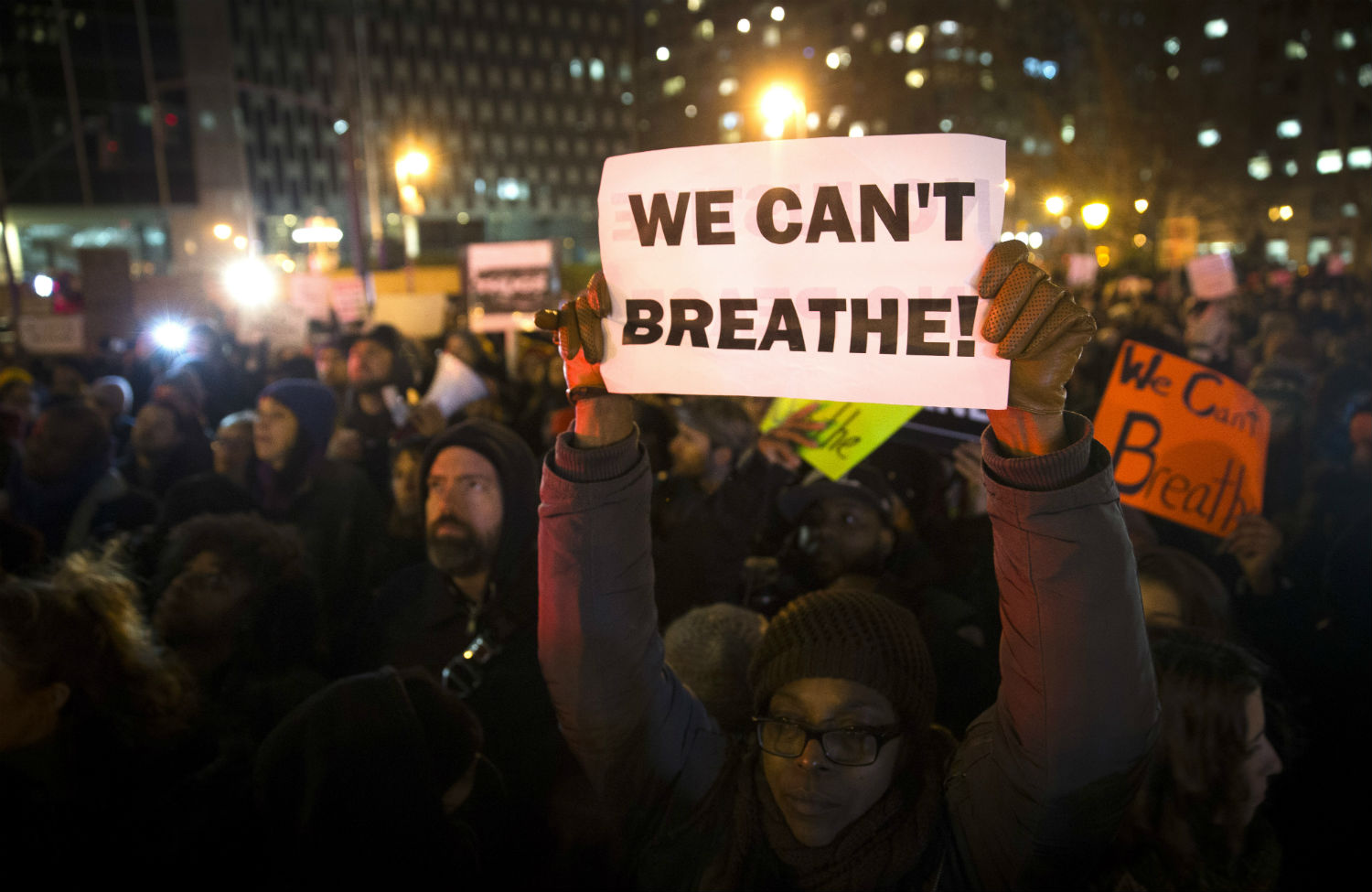(Image from The Nation)
MEJO condemns the brutal killing of George Floyd at the hands of a Minneapolis police officer–and commends Black Lives Matter, other racial justice activists, and all who are standing up against police violence and working towards racial equity in our world.
Racial inequities in who dies at the hands of police and in who is exposed to toxic pollution are connected. Both are based in deep and long-standing systemic inequities in our society. They are environmental as well as social and ethical injustices–injustices that began with the founding of this country, based on the genocide of Native people and built on the labor of African slaves. Social and environmental justice advocates need to work on these interconnected problems together, as they are part and parcel of the same ongoing socioeconomic, cultural, political and institutional disparities that began hundreds of years ago.
As Summer Lee, the first Black woman to represent the Pittsburgh region at the state capital said: “You can’t talk about one of these issues without addressing all of them.”
In 2018, after Antwon Rose, a black 17-year-old boy was shot three times in the back by a white police officer while running away unarmed in East Pittsburgh, Lee described connections between police violence and air pollution to Environmental Health News. Rose, like Lee, grew up in the East Pittsburgh neighborhood of Rankin, among the poorest communities in the region and also home to some of the region’s worst industrial polluters:
“These communities are insular and are starved for resources, with education systems that are struggling, and with limited access to healthy food and healthcare. And the opportunities people have in these communities are so limited as to force some folks to go in a direction that they might not have wanted to. Meanwhile we’re also over-policing these areas. Anywhere you see communities like that,” she added, “you also see environmental hazards.” (quotations from Environmental Health News).
African Americans are significantly more likely to have asthma than the rest of the population. Environmental Health News explored the link between air pollution and the asthma epidemic in Pittsburgh’s poor neighborhoods in the recent four-part series, Breathless.
Asthma, as well as diabetes, heart disease, cancer and many other serious diseases, are associated with exposures to toxic pollution. They also make people more likely to get sick from respiratory diseases such as Covid-19.
Reflecting these combined disparities, people of color are more likely to be exposed to toxic pollution and more likely to be at risk of dying from Covid19, as MEJO described in a previous post. We also posted many other articles articulating these connections and supporting them with scientific evidence.
The significant economic impacts of the Covid19 lockdowns–resulting in job losses, hunger, homelessness–are negatively impacting people of color and poor far more than white privileged people, which will in turn increase depression, despair, and substance abuse and worsen health problems in these communities.
Since George Floyd was killed, articles describing connections between environmental problems and police violence have been published in a variety of news outlets. Here are just a few of them:
Police Brutality is a Part of the Environmental Justice Fight
New Orleans Activists Call out Environmental Racism Alonside Police Brutality in Week of Protests
Considering the phenomenon of environmental injustice as a form of criminalization
Racism, Police Violence, and the Climate Are Not Separate Issues
Defunding the police is good climate policy
Racial Justice is climate justice; Why the Climate Movement Needs to be Anti-Racist
Since its founding 15 years ago, MEJO has worked on many toxic pollution issues here in Madison that disparately affect people of color and low income people (see here, here, here, here and here and more). MEJO described our years of work with local minority subsistence anglers to address race and class disparities in exposures to contaminated Madison fish in an MIT book chapter, “Invisible People, Invisible Risks.”
Going forward in work to eliminate police brutality and disparities in policing, we urge racial justice and environmental justice activists, government agencies, and everyone who cares about racial equity to collaborate in addressing environmental and social/racial disparities as part of the same systemic problems.
(Below, Madison racial justice protests; photos taken by Maria Powell)



